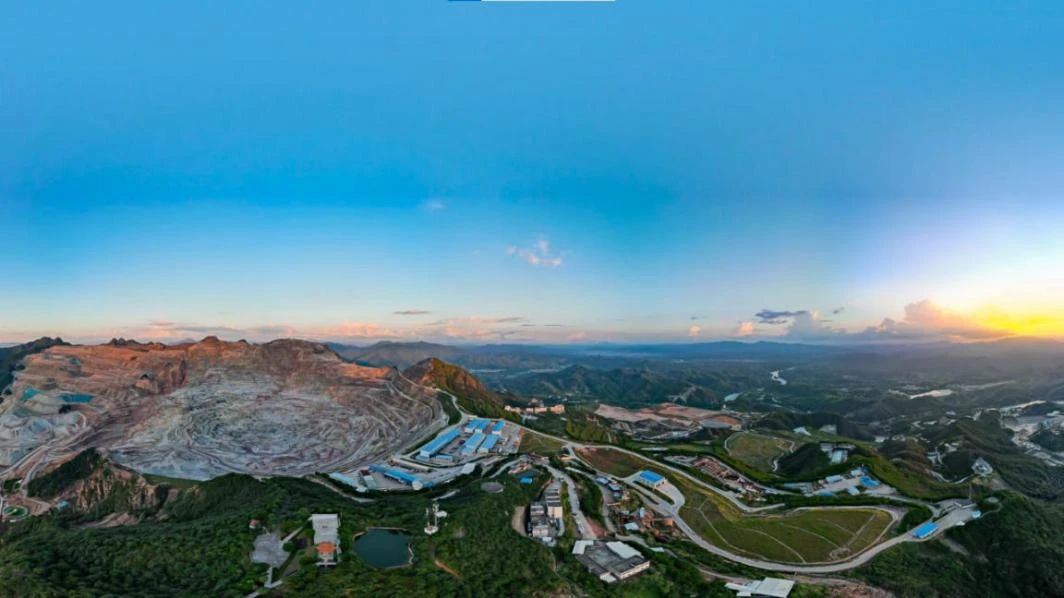
Aug 28, 2022
Copper prices are down nearly 20% this year on fears of a global recession. While copper prices are unlikely to pull out of their slump in the near term, mining giant BHP Billiton sees a clear improvement in the outlook from the mid-to-late 2020s on the back of electrification.


Copper is widely used in industry and construction, and its price is considered a bellwether of economic activity. Demand for copper tends to heat up when the economy is expanding and fall when the economy is contracting.
BHP, the world's fourth-largest copper producer, warned in its recent full-year outlook that it expected copper prices to weaken further in the medium term.
BHP said new copper supplies from newly developed mines in Chile, Peru, Mongolia and Central Africa would continue until 2024. In the meantime, the copper market will be well supplied.
However, Huw McKay, BHP's vice president of market analysis and economics, expects the outlook to improve markedly from the mid-to-late 2020s, driven largely by what the company calls the "megatron of electrification."
BHP believes that renewable power generation, light transport electrification and the infrastructure to support both will generate a large amount of copper consumption demand, leading to demand for copper prices to take off.
The industry is too cautious about new projects
In the longer term, BHP said, there are many factors supporting copper prices, including lower copper grades, resource depletion, water constraints, the increasing depth and complexity of development options, and the scarcity of quality development opportunities in the future.
BHP says that while there has been some new activity in project development, the industry as a whole has been too cautious compared with copper's future-oriented halo effect.
BHP believes this reflects policy and political uncertainty. Chile and Peru, for example, together account for about two-fifths of global copper supply and a third of reserves, but they also exhibit regulatory instability that gives pause to potential explorers, project developers and asset owners.
Capital spending is out of line with demand
BHP also said there was a 'very significant disconnect' between demand expectations and capital expenditure. The company's internal reports suggest cumulative capital spending across the industry could reach $250bn by 2030 under a likely rise in demand.
然而,这份报告,从标普全球引用数据,the financial analysis company, said that by 2024 spending by most copper producers among the 80 largest miners would be only about half the peak level of spending in 2014.
BHP estimates that grade declines will result in a loss of about 2m tonnes of copper per year by 2030, while resource depletion factors could add another 1.5m to 2.25m tonnes per year, depending on factors such as price expectations and the regulatory environment in which decisions are made to extend mine life. (Financial Association)